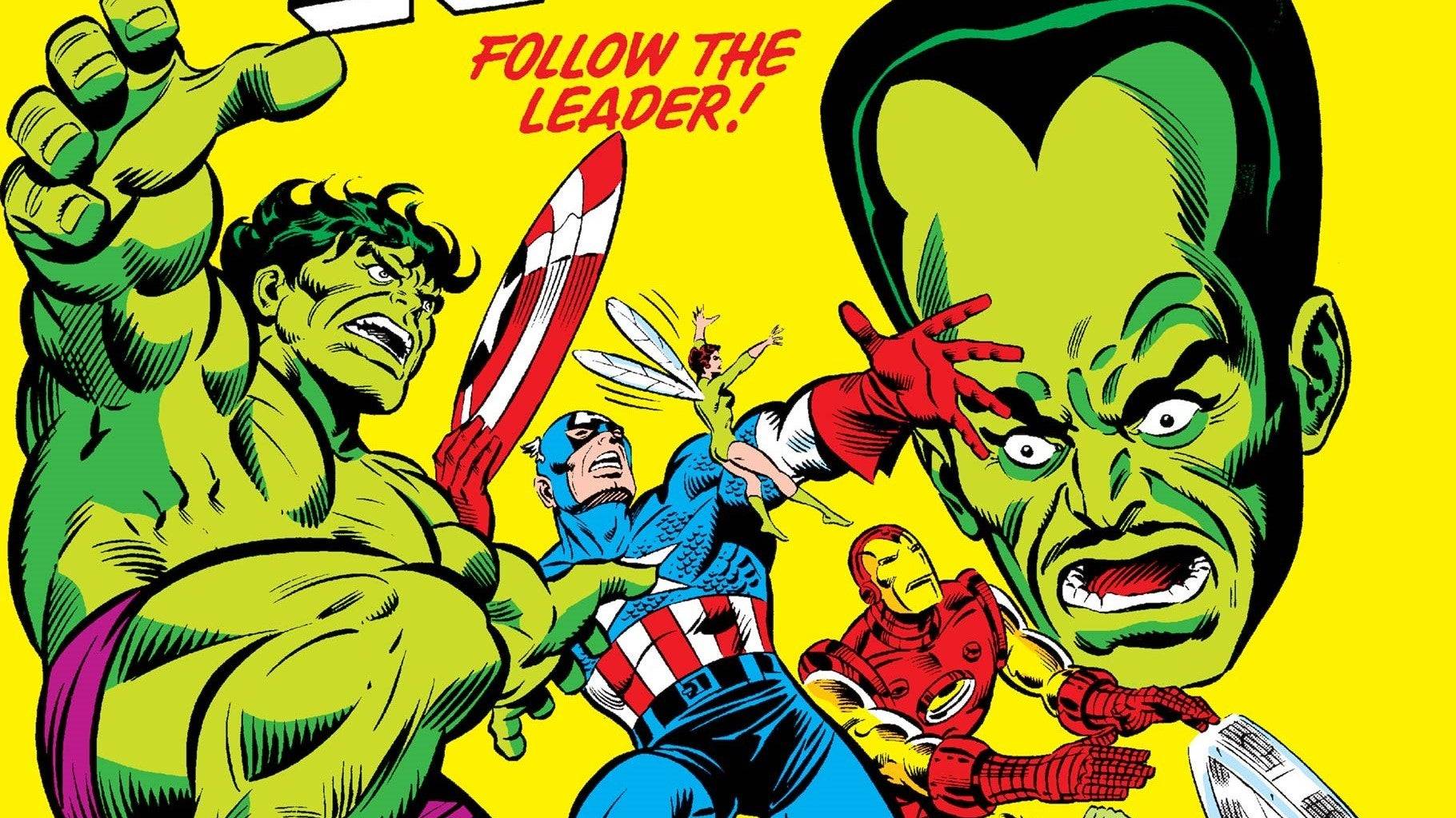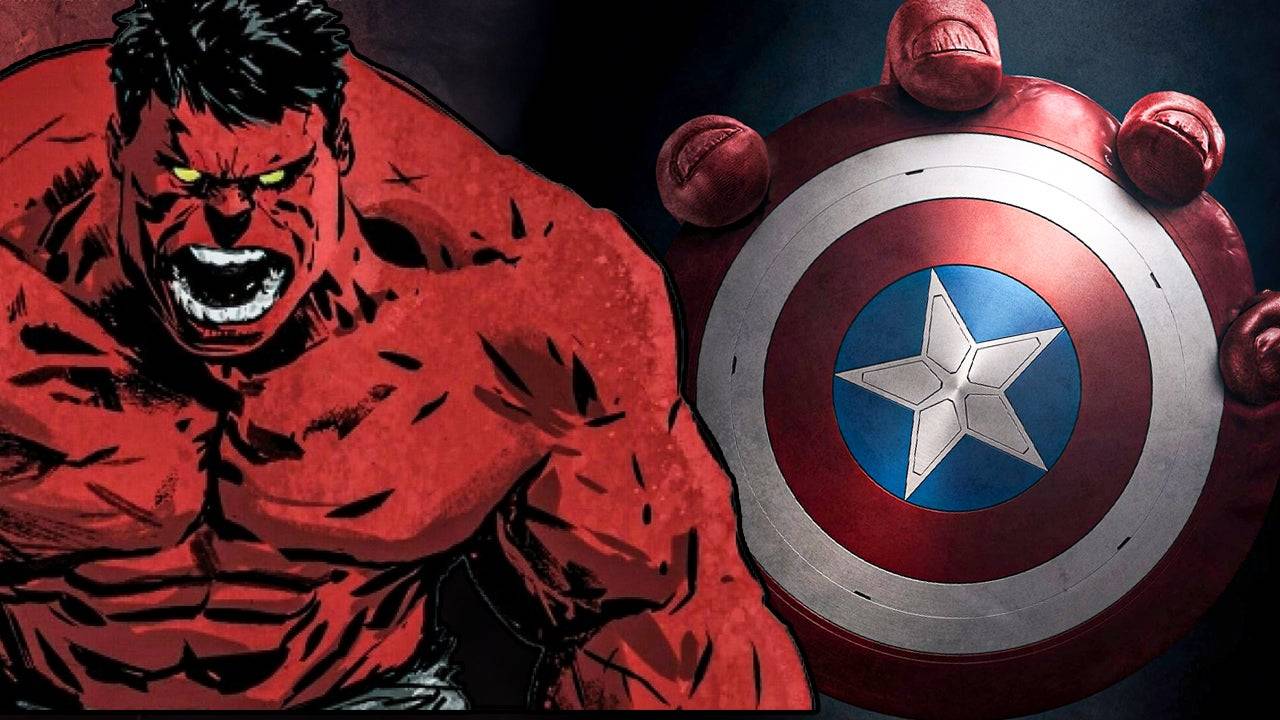Tim Blake Nelson's return as Samuel Sterns/The Leader in Captain America: Brave New World is a significant development, surprising many given his established connection to the Hulk. While initially introduced in 2008's The Incredible Hulk as an ally to Bruce Banner, his exposure to gamma radiation transformed him into a formidable intellect – a stark contrast to the Hulk's brute strength. This makes him a uniquely dangerous antagonist.
The Leader's inclusion in a Captain America film, rather than a Hulk sequel (hindered by Universal's partial film rights), is a strategic choice. He represents an unexpected threat for Sam Wilson, a challenge unlike any he's faced before. His potential motivations stem from past grievances, possibly fueled by betrayal from General Ross (now President Ross, played by Harrison Ford). Seeking revenge, The Leader might target Ross's reputation and, consequently, Captain America himself.
Director Julius Onah highlights this element of surprise as The Leader's key strength. This unexpected conflict serves as a crucial test of Sam Wilson's leadership, forcing him to navigate a post-blip, post-Thanos MCU where the role of a hero has fundamentally shifted. This new era necessitates different decisions with far-reaching consequences.
The Leader's presence foreshadows a darker era, potentially impacting the symbolism of Captain America and setting the stage for the Thunderbolts movie, rather than the next Avengers installment. His intellect poses a unique challenge to Sam Wilson, a contrast to the physical threats he's previously encountered. The film's narrative arc suggests a significant shift in the MCU's landscape.

Will The Hulk Defeat Red Hulk in Captain America: Brave New World?
















